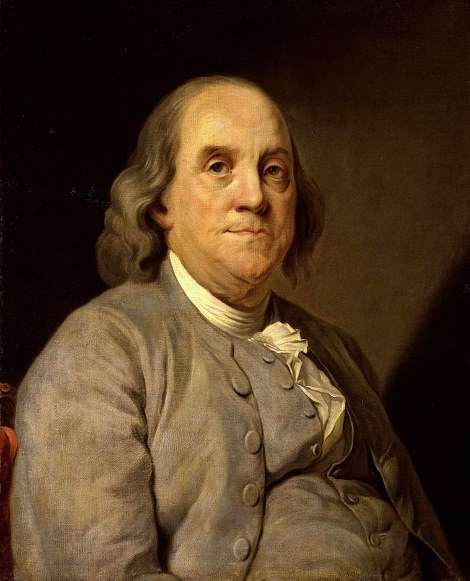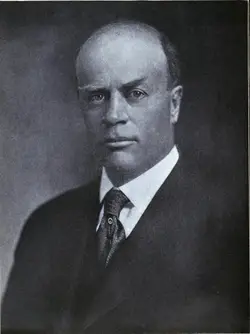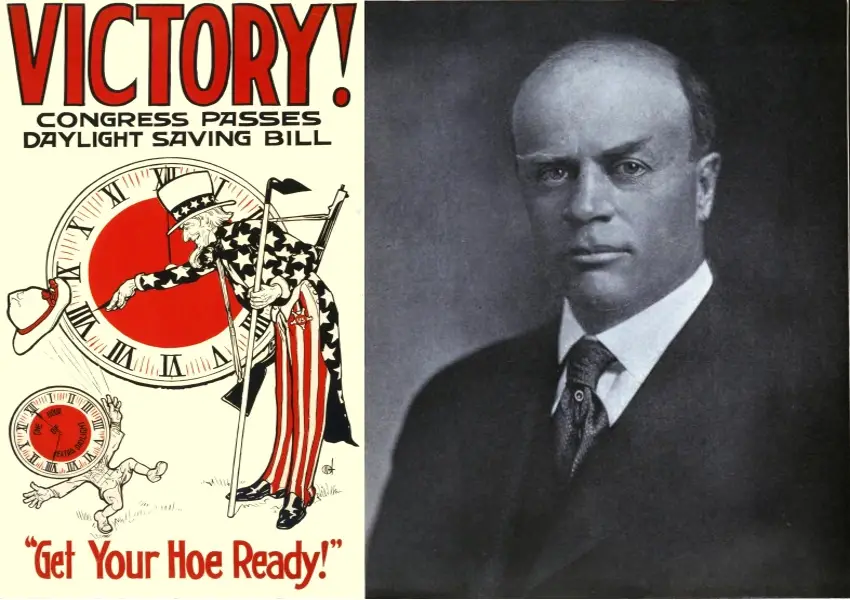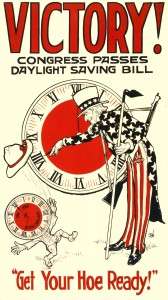Daylight Saving Time probably began with the cavemen. And the controversy over daylight saving time probably started soon thereafter.
Throughout history, cultures have adjusted their artificial calendars and times to match up with the lengthening and shortening of the days.

Early to bed, early to rise…
Benjamin Franklin famously joked in a lighthearted essay that the city of Paris should sound church bells and fire cannons to rouse the populace earlier in the summer. Franklin made the observation after realizing how much Parisians spent on candles and lamp oil to light the night while routinely sleeping through valuable early morning daylight.
Daylight Saving Time
As clocks began to regulate societies more, the joking turned serious. The idea was brought forward by a New Zealander who liked to make the most of available daylight collecting insects. His idea of resetting the clocks was picked up by English politicians, but it was derided as “Daylight Slaving Time.”

Andrew Peters
In the United States, Massachusetts Congressman Andrew Peters, who also served as mayor of Boston, introduced legislation on the matter in 1909. It went nowhere. (Peters has another claim to fame: He molested a young socialite named Starr Faithfull.) He proposed putting clocks forward 20 minutes on four consecutive Sundays in April and putting them back the same way in September.
While retailers and industry supported the idea, the powerful railroads and farmers opposed it.
In 1916, Germany adopted the practice as a way to save fuel during World War I. The war brought it into practice in the United States in 1918. Still hugely unpopular, Congress tossed the issue to the states in 1919. Each state could decide the issue – despite continued protestations of Peters and others that the practice was a success.
Daylight Saving Time made a comeback in World War II. It finally won nearly universal acceptance in the 1970s. The energy crisis had made it essential to wring as much use as possible from every hour of daylight.
This story was updated in 2022.


6 comments
http://mobile.reuters.com/article/idUSBREA2S0D420140329?irpc=932
He sucks. Go Arizona!
Anthony Passalaqua correlation is not causation. Personally I think the purpose of daylight savings time does not exist anymore.
No. I have small kids and want to kill myself when the clocks change.
This is such a great graphic.
i hate this back and forth crap stay, pick one and stay with it
Comments are closed.